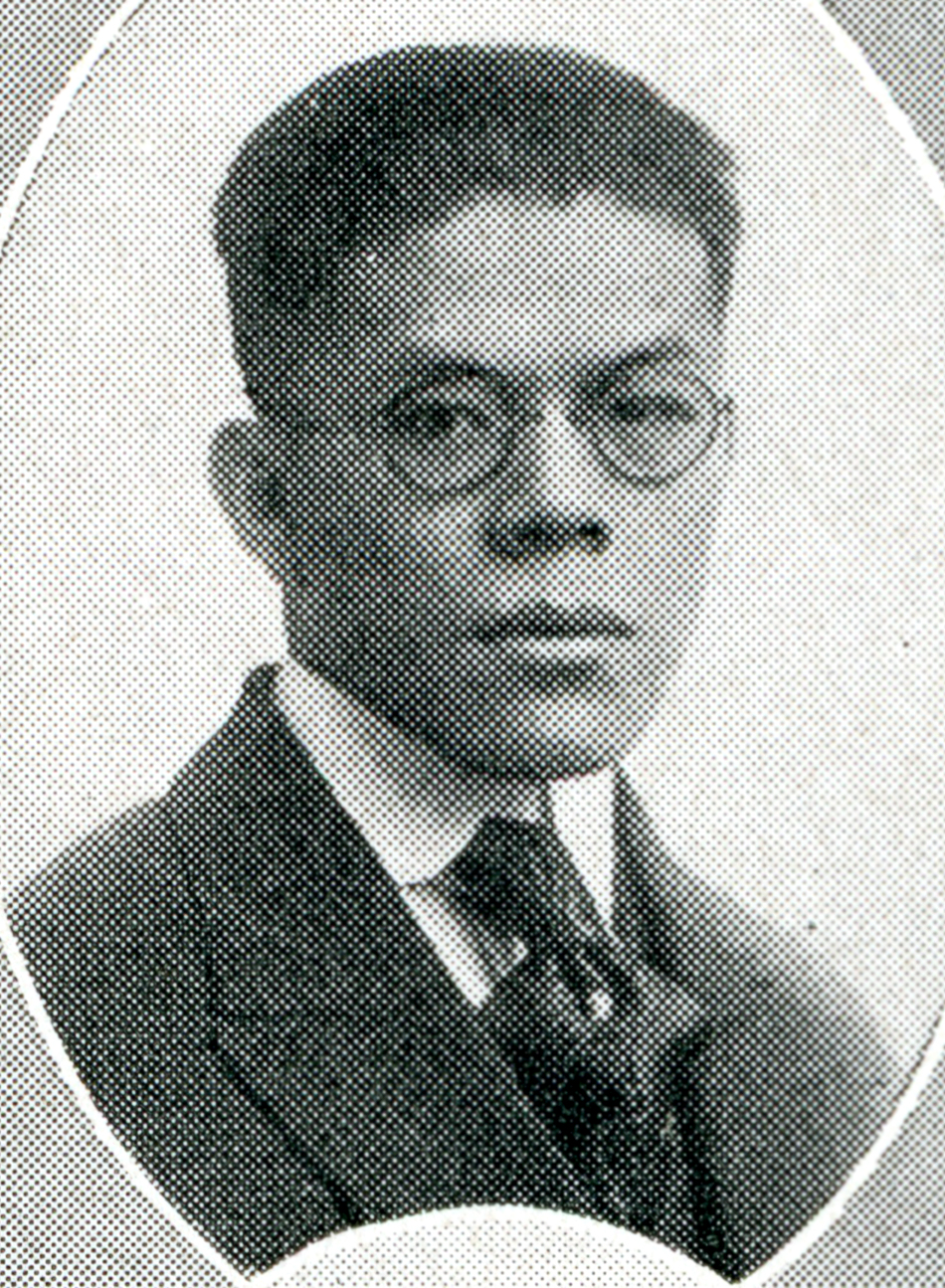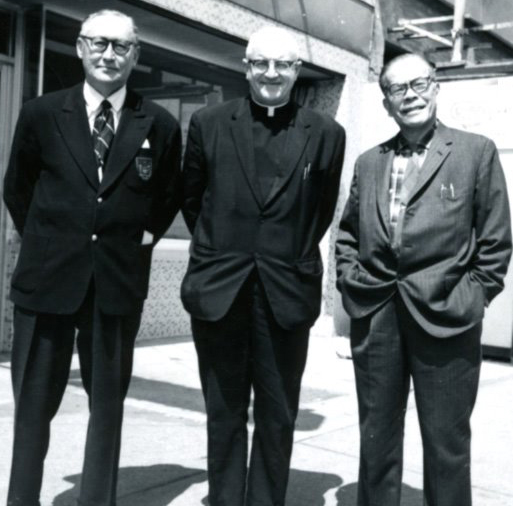Guy Hugh Chan, MD, 1894-1979
By Emma Florio, Archives & Research Specialist
 |
|
Chan’s portrait from the 1921 Northwestern Syllabus yearbook. From Galter Special Collections.
|
Guy Hugh Chan was born on June 9, 1894, in Victoria, British Columbia, Canada, to Chinese immigrant parents. His family lived in the city’s Chinatown, the oldest such community in Canada and the second oldest in North America, after San Francisco. He did undergraduate work at the University of Washington in Seattle before enrolling at Northwestern University Medical School, the predecessor to the Feinberg School of Medicine. He met his future wife, May Lee, during this time, while she was training as a nurse in Chicago. Chan earned his MD in 1921 and completed an internship at Milwaukee’s Mount Sinai Hospital.
Chan worked as a doctor in Chicago for the next 5 years, living and working in and around the city’s Chinatown. This was a turbulent time for people of Asian descent in North America. The previous 70 years had seen a huge wave of Chinese laborers immigrating to the United States and Canada. Anti-Chinese sentiment grew, with Chinese workers often scapegoated for the depressed wages of working class jobs, and the issue became politicized. In 1923, Chan’s home country of Canada passed the Chinese Immigration Act, which extended an 1885 Act and banned most forms of Chinese immigration into the country. In 1924, the United States passed an Immigration Act that included the Asian Exclusion Act, extending its own 1882 Chinese Exclusion Act and completely banning immigration from Asia. Chan continued to work in Chicago in this racist atmosphere for two years until he was apparently forced to leave the country in 1927.
 |
|
Chan (right) visiting with two fellow Weixian internees in Vancouver, 1966. Via Tientsin - the Ford of Heaven blog.
|
Although both Chan and his wife were Canadian citizens, they chose to leave North America altogether and move to Shanghai, a flourishing city in China that attracted many foreigners in the 1920s. He set up a medical practice in the city and also became a professor of medicine at a local university. Once again, though, Chan and his family were swept up in international events: in 1937, Japan invaded China in an early phase of the Second World War. Forces reached Shanghai in August and seized the family’s home, forcing them to flee. They moved to Tsingtao (now Qingdao), over 400 miles north of Shanghai. Chan opened a new medical practice and established a private hospital in the city. Within a few years, though, the war again caught up with them: Japan occupied Tsingtao starting in October 1942, and Chan and his family, now including two sons, were interned, first in Tsingtao, and then 100 miles west in the Weixian Internment Camp, which housed over 2000 foreign citizens of Allied countries through the duration of the war.
As with each earlier disruption in his life, Chan persisted in his medical work. He became a highly regarded doctor at Weixian, providing his fellow internees with care and medicine, which he often procured at his own expense. After three years of imprisonment, the camp was liberated by American troops on August 17, 1945, and the family left in September. Chan’s wife and children returned to Canada in November and Chan himself returned in January 1946. The family settled in Vancouver’s Chinatown and Chan opened a new medical practice, which he ran for over 20 years. Both of Chan’s sons went into medicine—Guy Hugh Chan, Jr., became a professor of ophthalmology at Temple University in Philadelphia, and Eugene Chan became a dermatologist after completing a residency at Northwestern University Medical School. Guy Hugh Chan, Sr., died in Philadelphia on July 30, 1979, at age 85.
Selected References
“Boy Freed for 18th Birthday.” Calgary Herald, November 15, 1945.
“Case No. 3168 Re: Chan.” The War Claims Commission: World War II. Ottawa: Queen’s Printer for Canada, 1970.
Updated: May 20, 2025